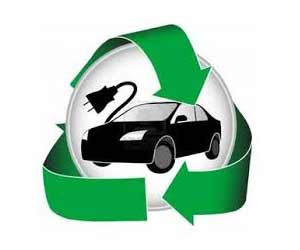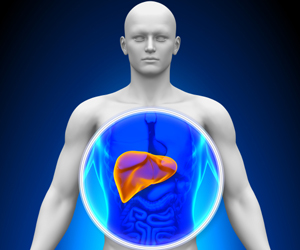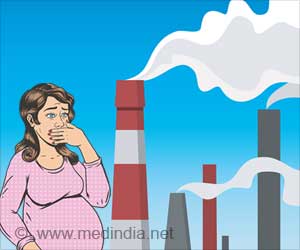Getting exposed to high levels of local traffic exhaust, especially in residential areas, can increase the risk of having a stroke, reveals a new study.

‘People who are exposed to high levels of traffic exhaust, especially in residential areas, are more likely to have a stroke.’
Read More..




Black carbon is the sooty black material emitted from gas and diesel engines, coal-fired power plants and other fuels. In city environments, the emissions come mainly from road traffic. These particles have previously been linked to negative health effects, especially in studies of heavily polluted environments. Now researchers at Karolinska Institutet, University of Gothenburg, Umeå University, the Swedish Meteorological and Hydrological Institute and SLB analysis-Environmental unit in Stockholm have shown that long-term exposure to traffic exhaust at the residential address increases the risk of stroke in Swedish towns.Read More..
"This study identifies local traffic exhaust as a risk factor for stroke, a common disease with great human suffering, high mortality and significant costs to society," says Petter Ljungman, researcher at the Institute of Environmental Medicine at Karolinska Institutet and the study's main author. "We see that these emissions have consequences even in low-pollution environments like Swedish cities."
The research team followed almost 115,000 middle-aged healthy individuals living in Gothenburg, Stockholm and Umeå over a period of 20 years. During this time, some 3,100 of the people suffered a stroke. With the help of dispersion models and Swedish emission inventories, the researchers were able to estimate how much different local emission sources, including from traffic exhaust, road wear and residential heating, contributed to particulate matter and black carbon at specific addresses in these cities.
The researchers found that for every 0.3 micrograms per cubic meter (μg/m3) of black carbon from traffic exhaust, the risk of stroke increased by 4 percent. Similar associations were not seen for black carbon emitted from residential heating or for particulate matter in general, neither from inhalable particles with a diameter of 10 micrometers or less (PM10) or from particles with a diameter of 2.5 micrometers or less (PM2.5).
In the studied cities, the annual averages of PM2.5 ranged from 5.8 to 9.2 μg/m3, considerably lower than current European Union standard of 25 μg/m3. There is currently no specific metric for black carbon in EU, which includes it as part of its broader regulation of particulate matter.
Advertisement
Source-Eurekalert















